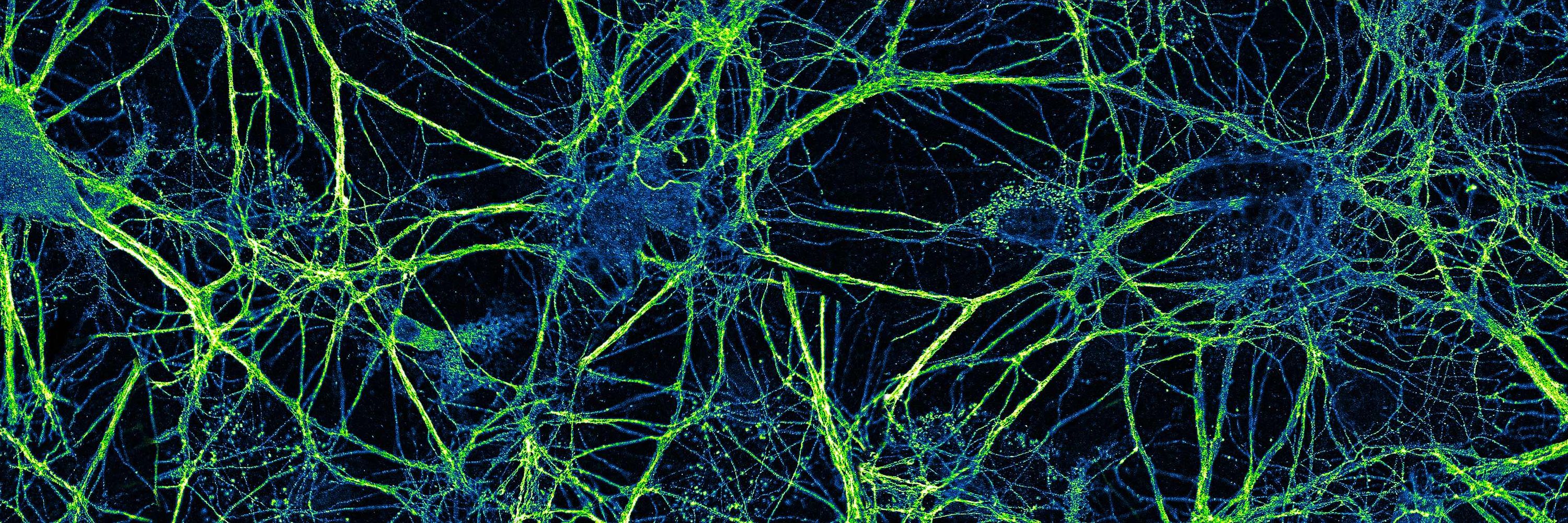Rachael Ott
@rachaelott.bsky.social
2.4K followers
2.4K following
160 posts
Neurobiologist @UofSC 🔬 Super-resolution #microscopy, synaptic plasticity, cytoskeleton, #neurodegeneration 🦠
Posts
Media
Videos
Starter Packs
Pinned
Reposted by Rachael Ott
Reposted by Rachael Ott
Reposted by Rachael Ott
Reposted by Rachael Ott
Reposted by Rachael Ott
Reposted by Rachael Ott
Reposted by Rachael Ott
Reposted by Rachael Ott
Reposted by Rachael Ott
Reposted by Rachael Ott
Reposted by Rachael Ott
Reposted by Rachael Ott
Reposted by Rachael Ott
Reposted by Rachael Ott
Reposted by Rachael Ott
Reposted by Rachael Ott
Reposted by Rachael Ott
Reposted by Rachael Ott













